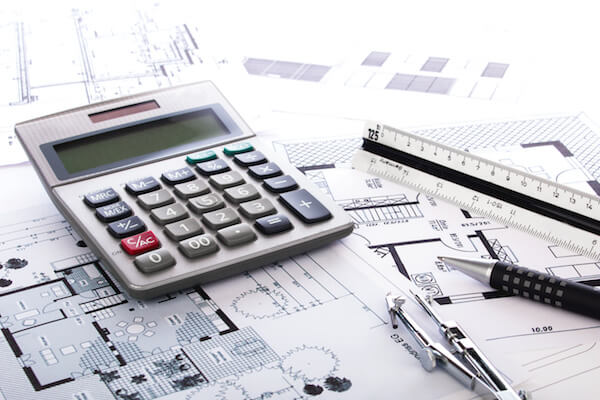
Defining Value Engineering
Value Engineering is an organized and methodological approach to reducing the cost of equipment, systems, design, and materials without losing high standards as well as reliability, performance, and safety. Through this process, companies like MH Williams Construction Group can decrease costs while maintaining excellent quality, increasing profits, and improving customer satisfaction.
Functional Analysis
When starting with a value engineering approach, you will need to use functional analysis. Functional analysis brings several individuals with diverse technological backgrounds together.
To help team members understand and view the project in a “functional” manner, they must look at it in three distinctive ways:
- Primary Function – What is the primary function or characteristic of this product?
- Required Secondary Function – Functions that are necessary to satisfy the owner’s requirements, standards, or meet codes.
- Secondary Function Removed – If a function is removed, will it continue to satisfy the primary and secondary functions.
Consultants or team members must be as specific as possible to complete this phase of analysis. If you were determining the function of a hospital, it would be to treat patients. That is the Primary Function. The Required Secondary Function would be to satisfy any code requirements, such as fire alarms or the placement of exit doors. In the last function, if you took something away would the first and required secondary functions still exist?
The Idea Model
Once ideas are generated using a functional analysis technique, the group begins to sort through each idea. Sorting allows the team to determine which idea is suitable for what the project needs. For example, if one idea isn’t applicable for the location of a construction site, then that idea will be eliminated. When all of the ideas are analyzed, the team will be left with a satisfactory alternative ready for the next phase of development.
The Lifecycle Concern
One way to help reduce cost when using value engineering is to examine a product’s lifecycle. The lifecycle of a product is the optimum amount of time a product will last versus the cost of the item. Many companies and industries analyze a product’s lifecycle when utilizing the cost-reducing approach to value engineering. For example, the Department of Transportation implements a lifecycle assessment of pavement when they are developing a new roadway or evaluating an existing road.
The Design Phase
During the design phase of value engineering, the team will review the cost for new or existing products. Their goal is to reduce the cost of the materials or features without losing quality or functionality.
The design phase is generally broken up into two sections for review. The first section would be reviewed at the end of conception and again at the end of the design development. Reviewing their concepts and designs at each stage will help to see where changes could be made to increase functionality at a lower cost. The project is then scaled to effective costs before construction begins.
Development and Presentation
The value engineering group will develop an action plan complete with sketches, data, and testing. This final report will be presented to the management group or corporation developing the project. This company should follow the team’s suggestions and implement them accordingly.
When it comes to value engineering, it can be used throughout each phase of the development process. At the end, you will have a comprehensive objective that is cost-conscious and exceptional.
When deciding which construction company to implement your project, consider MH Williams Construction Group. We have over 30 years of experience providing business to a variety of industries. We are a full-service construction company with a team of dedicated experts ready to dive into your project.